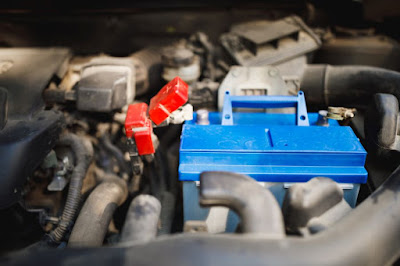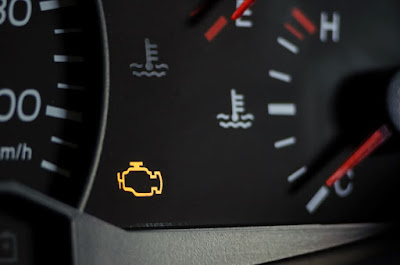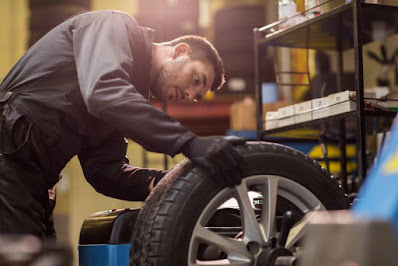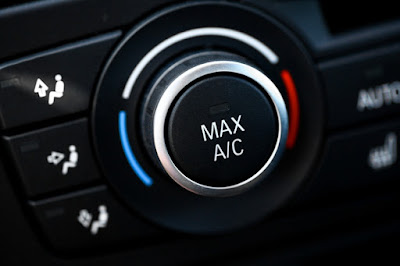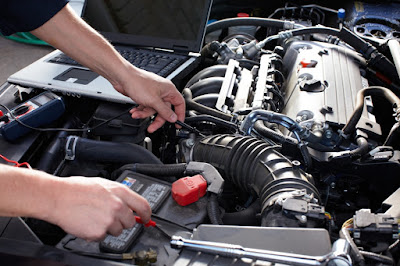If your vehicle is starting to act a little strange, such as a dash light coming on for a brief moment, dimming headlights, flickering gauges, or maybe an odd smell, it could one or more of some causes. So how do you know if your car has electrical problems? Without getting the right diagnosis, this issue can cause car trouble ranging from slow starts to a car that won’t start all. Take your car into your auto repair shop for a diagnostic test as soon as possible so you don’t find yourself stranded wherever on a cold winter day.
The truth is, the alternator is often the culprit for electrical issues. It is a relatively simple part but it plays a critical role in a car's operation. The mechanical energy of the engine's rotating crankshaft is turned into electricity through the alternator, which then powers your car's accessories as well as keeps the battery charged.
A failing alternator can show itself in some different ways:
- Dashboard Warning Light – This little light serves as a warning that there are issues looming with the alternator.
- Strange Sounds – Strange sounds coming from under the hood indicates that the pulley in the alternator could be bad.
- Burning Smell – A burning smell could be caused by an over-heating alternator, worn-out wires, or a circuit or fuse malfunction.
- Dim Lights – The car battery isn’t getting a charge from the alternator to run the lighting system.
- Dead Battery – This is especially common during the winter months when lights are on for longer and more often or if the lights are left on after turning the car off. Although a jump-start to the battery took care of the instant issue, remember to have your battery and alternator checked in case they are starting to go bad.
- Electrical Malfunctions – Broken connections a little wire can lead to malfunctions in the electrical parts, such as power windows, door locks, and accessories, just to name a few. Simply reconnecting an in-line fuse can bring life back to your car.
Are you worried about how do you know if your car has electrical problems? Call our ASE Certified Technicians at Rum River Automotive for more information about alternator issues and to request an appointment. Our automotive shop has served car owners in Princeton, MN, and in the surrounding areas of Milaca, MN, and Zimmerman, MN.




